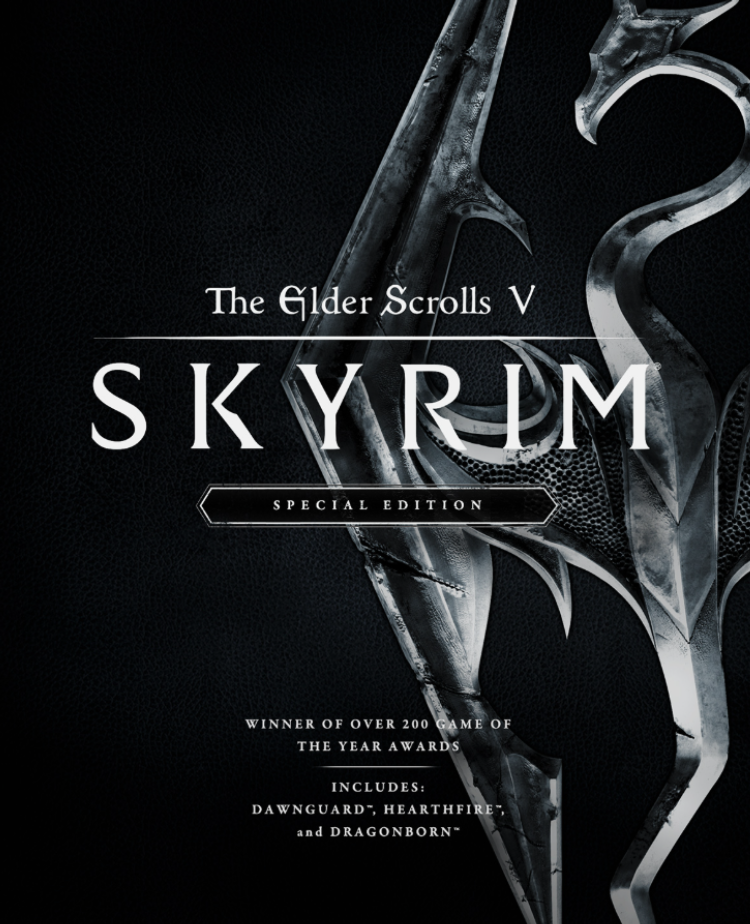Inside Skyrim's Development: Balancing Gameplay and Creative Freedom
As Skyrim was gearing up for its launch just weeks away, a heated debate emerged between former Bethesda producer Jeff Gardiner and the design team over game balance. With years of creative and design experience under his belt, Gardiner felt compelled to step in.
"I had this fight with the designers at the time" Gardiner recalls. "They wanted to do things through data and simulations, but I was like, 'But the player does things, like backs up and double taps.' They would run AI simulations where NPCs fought monsters, and if the simulated player won more than 50% of the time, they deemed it balanced. But I knew that wasn't how real players would act. The AI just attacked without the nuance of human behavior."

This discrepancy meant that Skyrim might only feel balanced for players who ignored fundamental combat mechanics. Gardiner had witnessed similar issues in the previous Elder Scrolls game, Oblivion, where players faced frustrating "stun locks" due to AI behaviors not aligning with player actions.
To address this, Gardiner dove deep into Skyrim, experimenting with different character archetypes and tweaking creatures and weapons. "Right before it shipped, I spent two weeks doing that and was like, 'Well, I hope this is good,'" he says. This hands-on approach was possible because he had earned the respect of the designers. Many producers lack this design background, which can hinder their ability to address such issues.

Reflecting on his early adventures in Skyrim, Gardiner admits he can't recall if the game ultimately felt balanced, but he remembers the thrilling peaks and valleys of gameplay – slaughtering enemies one moment and facing overwhelming challenges the next. "That's what I want from an RPG," he notes.
Bethesda's RPGs are known for their intricate details that enhance the sense of a reactive, believable world. "It's not just that I kill someone with a sword and there's a reaction to the crime; it's the sense that there's this living world around you and things happen," Gardiner explains.
After leaving Bethesda in 2021 to establish Something Wicked Games, the developer behind Wyrdsong, Gardiner fondly recalls the creative freedom the teams enjoyed. They were encouraged to explore "cool stuff" after completing their assigned tasks, resulting in the rich details that define Fallout and The Elder Scrolls.
However, this freedom sometimes leads to challenges. For instance, Gardiner mentions Skyrim's butterflies, which were programmed to follow players carrying flowers. This feature turned out to be resource-intensive, leading to performance issues. "We were like, 'Why is the game running slow?' Then we discovered it was because of the butterflies," he laughs.
Similarly, ants added by artist Mark Teare became a headache due to their unintended shadow-casting behavior, causing additional rendering strain. "Thousands of ants that you can barely see, casting little tiny shadows," Gardiner recalls, shaking his head at the memory.
Despite these challenges, Gardiner cherishes these experiences. "That's the fun of it," he says. "The beauty of Bethesda was that our parent company, Zenimax, left us alone because of our success. We set our own internal milestones and goals, and as long as we earned their trust, we had the freedom to be creative. That’s crucial for innovation."

Comments